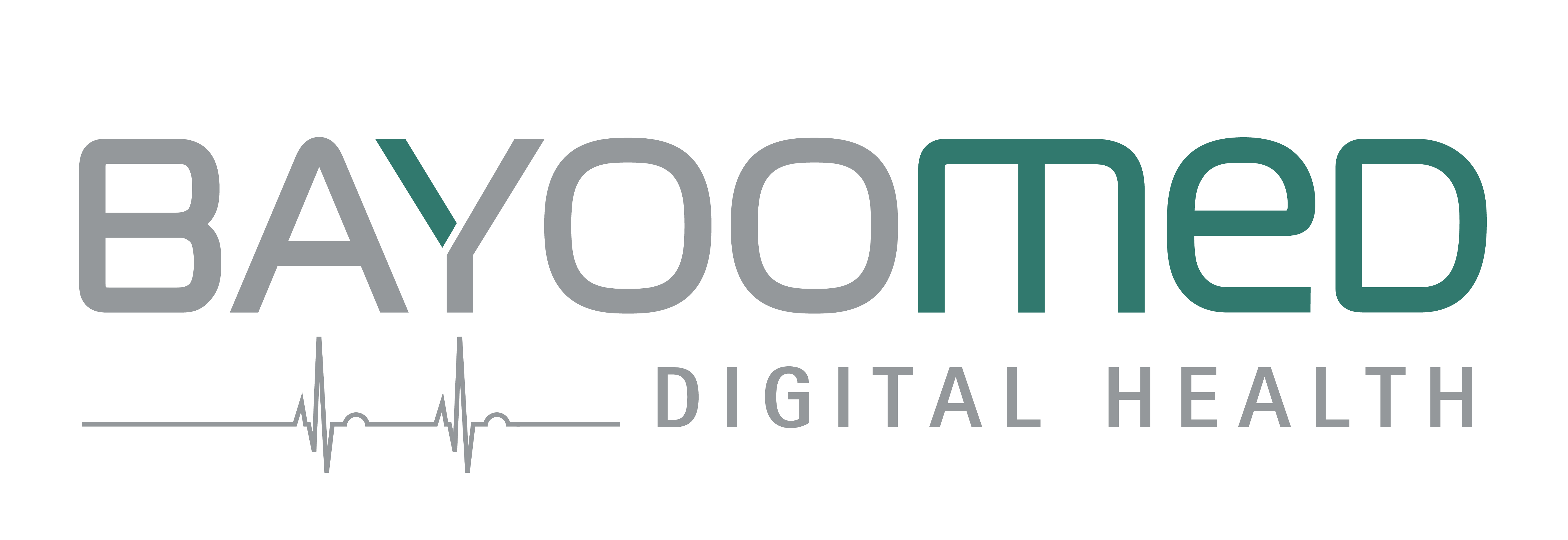Interoperability as the key to success in digital healthcare
Authors:
Sven Schuchhardt Software developer at BAYOOMED
Alexandra Heuel Project Manager at BAYOOMED
Digital health applications (DiGAs) are a central component of modern patient care in Germany. They make it possible to integrate medical therapies, diagnostics and prevention digitally and directly into patients’ everyday lives.
However, for a DiGA to be seamlessly integrated into the German healthcare system, it must be adapted to existing technical and regulatory requirements. A decisive factor here is medical information objects (MIOs).
MIOs ensure that health data is structured, standardized and interoperable and can therefore be securely exchanged between applications such as DiGAs, the electronic patient record (ePA) and other medical systems.
The role of MIOs in digital healthcare
A medical information object (MIO) defines how certain health information is presented technically and in terms of content. In Germany, the specifications are largely defined by the National Association of Statutory Health Insurance Physicians (KBV), including via the MIO42 platform.
MIOs are based on the international standard FHIR (Fast Healthcare Interoperability Resources), which regulates the electronic exchange of healthcare data.
FHIR is the technical basis for MIOs and other interoperable healthcare solutions. It ensures that data is not only exchanged in the correct format (syntactic interoperability), but also with a standardized meaning (semantic interoperability).

Why interoperability is so important for DiGAs
A DiGA can only be successfully integrated into the German healthcare system if its data works seamlessly with existing systems such as the ePA, hospital information systems (HIS) or practice software.
Incorrect or inconsistent data formats can not only lead to integration problems, but also to incorrect medical interpretations. With potentially serious consequences for patient care.
It is therefore essential that MIOs:
- are syntactically interoperable – same data structure and same formats
- are semantically interoperable – same meaning of data in all systems
- continuously adapted to new medical requirements and data models
Challenges in the implementation of MIOs
The creation and integration of MIOs is complex because…
These requirements often lead to high development costs and long project durations, especially when several partners are involved.

Our solution – MIO services in the MedicalOne Connect package
With MedicalOne Connect, BAYOOMED offers an MIO service that has been specially developed to meet the requirements of DiGA manufacturers.
Our service includes:
With our MIO MedicalOne service, we not only support you in the specification and creation of MIOs, but also extend the FHIR data model as required to map your specific requirements – naturally compatible with the existing health data formats.
Conclusion
MIOs are more than just a technical standard: they are the key to the successful integration of a DiGA into the German healthcare system.
With our MIO service in the MedicalOne Connect package, you receive a future-proof, tested and certified solution that makes your application fit for the telematics infrastructure and saves you valuable development time.

